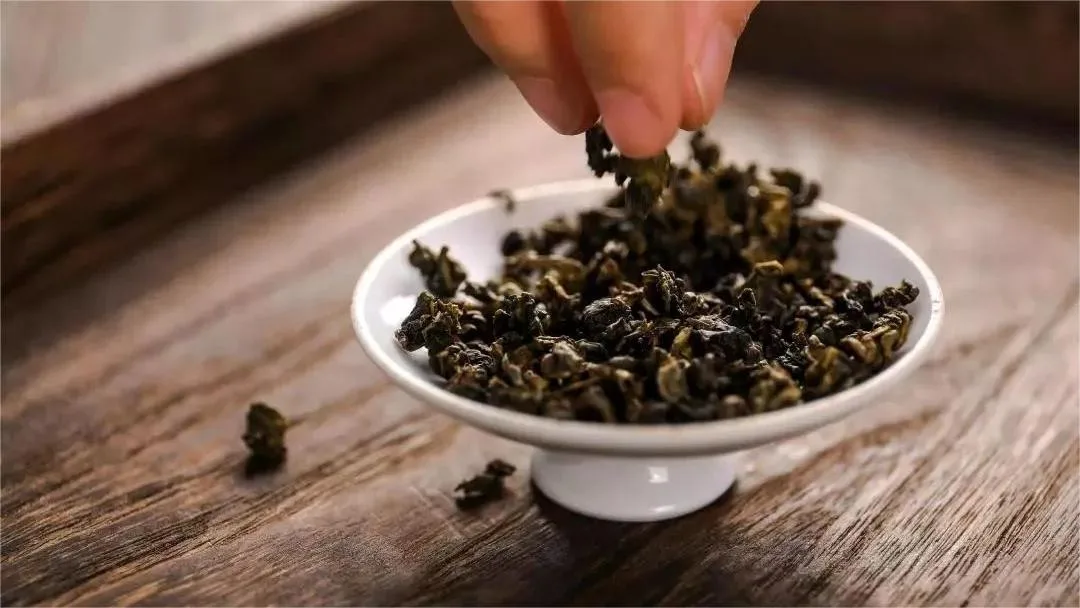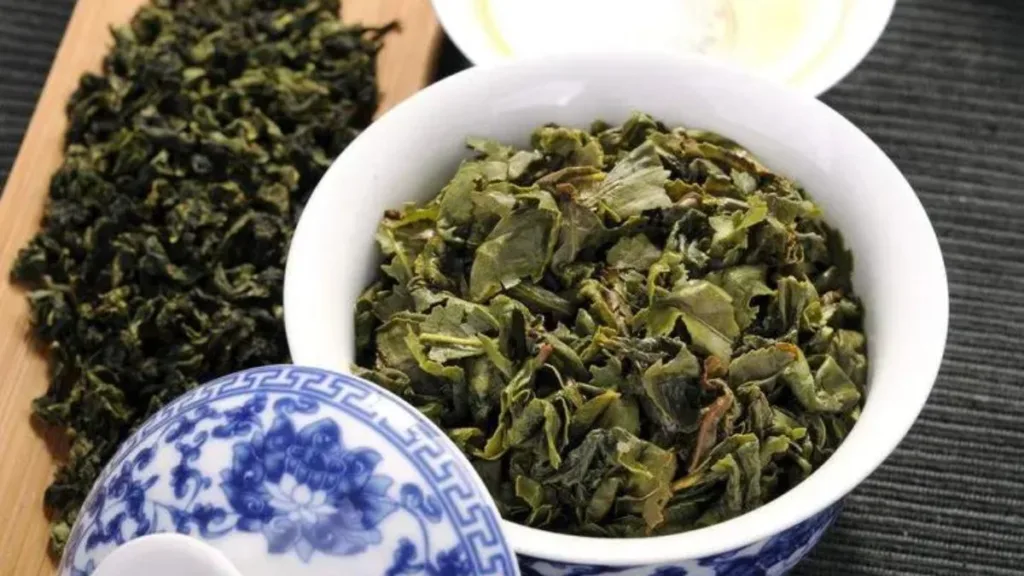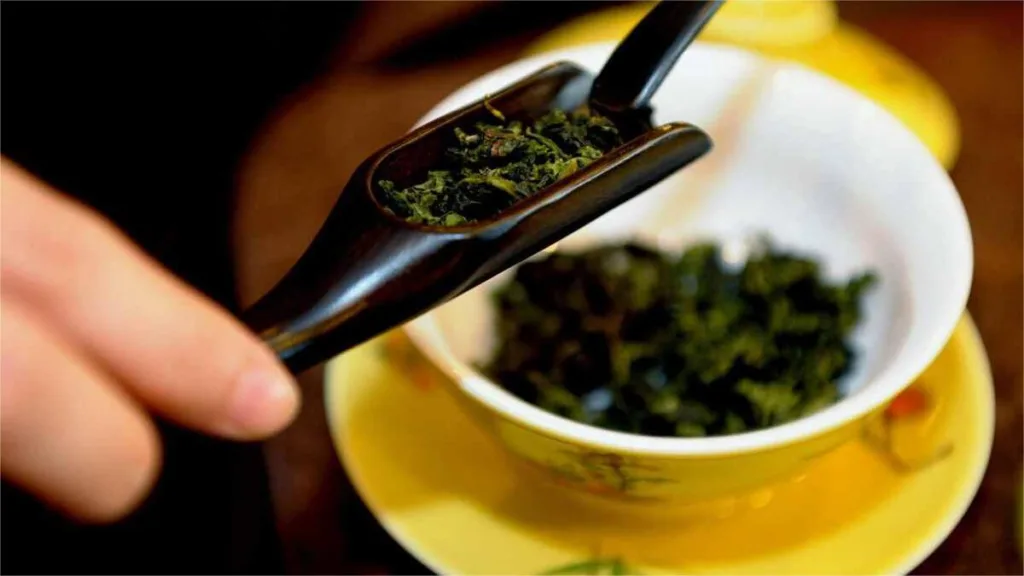Oolong tea is indeed Chinese in origin and holds a significant place in the rich tapestry of Chinese tea culture. The term “oolong” translates to “black dragon” in Chinese, a name that reflects the unique characteristics of this partially oxidized tea. While the precise origins of oolong tea are somewhat unclear, it is widely believed to have been developed in the Fujian province of China.
The production of oolong tea involves a meticulous process that falls between that of green tea and black tea. The leaves undergo partial oxidation, typically ranging from 10% to 70%, before they are fired to halt the oxidation process. This intermediate level of oxidation imparts oolong tea with a diverse range of flavors, aromas, and characteristics that set it apart from both green and black teas.
Fujian, where oolong tea is believed to have originated, remains a significant producer of this tea variety. The province’s unique climate, soil conditions, and traditional tea-making techniques contribute to the distinct flavor profiles of Fujian oolongs. Additionally, other Chinese regions, such as Guangdong and Taiwan, have also become renowned for producing high-quality oolong teas, each with its own regional nuances and craftsmanship.
The cultivation and production of oolong tea exemplify the artistry and precision associated with Chinese tea culture. From the hand-picking of tea leaves to the delicate oxidation process and expert roasting, the making of oolong tea reflects the deep connection between the Chinese people and their tea heritage. The diverse range of oolong teas available today showcases the adaptability and creativity within Chinese tea production, making oolong a true embodiment of the country’s rich tea traditions.



